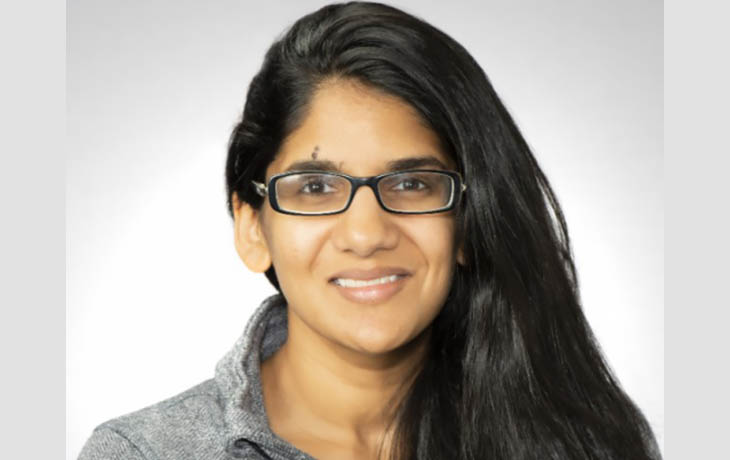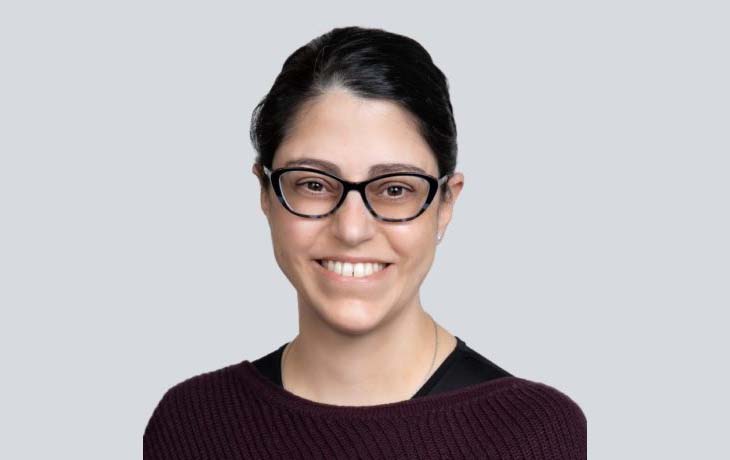In Pittsburgh in July 2020, Casa San Jose, the Neighborhood Resilience Project (NRP), the Urban League of Greater Pittsburgh, and the UrbanKind Institute — together with University of Pittsburgh researchers — began co-leading an effort that would tear down COVID-19 pandemic inequities in marginalized communities.
They were later joined by more community organizations, community leaders, healthcare providers, researchers, and public health leaders. The group met virtually each week and called itself the Community Vaccine Collaborative (CVC).
Some of the founding community partners and Pitt academics knew each other. They’d worked together before the pandemic to address other healthcare inequities caused by hundreds of years of structural and systemic racism. They’d built trustworthy relationships, which was important if they were going to work together to ensure Black, Latinx, immigrant/refugee, and LGBTQIA+ people received the same level of care during the COVID-19 healthcare crisis as their affluent, White counterparts.
Not surprisingly, the pandemic wasn’t shaping up that way. From the beginning, marginalized people were facing many of the same structural and systemic racial health inequities they’ve always faced, but with dire consequences.
Health equity, healing, and atonement
To change this, CVC workgroups set their sights on increasing vaccine access and addressing vaccine mistrust. They focused on making sure people of color and LGBTQIA+ people participated in vaccine clinical trials in greater numbers. They recognized the need to build systems that gave marginalized people equal access to the vaccine, including older adults, people without technology and/or transportation, and those who speak languages other than English.
But instead of relying on an antiquated structure where academics take charge and “educate” community leaders — silencing community voices and experiences — a collaboration occurred between the partners and Pitt academics. Together, they’ve created a virtual community of people deeply dedicated to health equity, healing, and atonement in Greater Pittsburgh.
Trustworthiness and a shift in power
From the start, the CVC took an unconventional approach to creating and sustaining a restorative space, including equitable compensation of partners for their time and expertise.
 DR. MAYA RAGAVAN
DR. MAYA RAGAVAN
“The CVC is successful because it disrupts power inequities, prioritizes community voices, builds trustworthiness, and values give-and-take” explains Dr. Maya Ragavan, Pitt assistant professor and co-founding CVC member.
CVC member Dr. Mylynda Massart, Family Medicine Physician at UPMC and Pitt associate professor agrees. “The CVC started as an open, safe space where community partners could challenge the healthcare system, including us — the researchers and healthcare providers.”

DR. MYLYNDA MASSART
For example, during the pandemic, community members gave voice to the anger, frustration, and sadness they feel about current and past segregation and racism within the medical profession, which is rarely acknowledged.
In response, academics listened. “As a researcher, it was uncomfortable to hear the hurt the medical profession has caused,” says Dr. Massart. “But we sat in our uncomfortable-ness with attention, including answering questions about our motivation for working with marginalized communities. When we were asked, we openly shared our experiences and vulnerabilities, including whether we’ve considered power inequities in our own work.”
NRP’s Community Health Deputies
With a deeper understanding developing between community partners and academics, CVC turned its attention to promoting equitable inclusion in vaccine trials. To help, they relied greatly on NRP’s Community Health Deputies (CHDs).
CHDs are trained community health workers recruited by the NRP. The deputies were already working in neighborhoods hit hardest by the pandemic. Now the CHDs’ outreach would include additional knowledge about and encouragement for vaccine trial participation. “Using infographics created by the CVC, the CHDs offered their clients information about trials and why inclusion is so important,” explains Dr. Massart. “They answered questions and connected residents with the city’s trial registry unit.”
“Before the CHD campaign, only a small percentage of people of color had registered for vaccine trials,” adds Dr. Ragavan. “In just five months, the percentage climbed. That was largely due to the credibility and trustworthiness of the CHDs.”
COVID-19 info in six languages
A CVC’s speaker’s bureau further supported the community by honoring requests for information on COVID-19 vaccinations, testing, and education. Events were hosted by community health workers and/or healthcare providers at school board meetings, high schools, and community events. “So far, the speaker’s bureau has made presentations in Arabic, English, Nepali, Spanish, French, and Uzbek,” says Dr. Ragavan.
The CVC was also included as part of the strategic planning in Pittsburgh’s local and regional vaccine distribution process.
New equity workgroups
As the pandemic wore on, research, too, became a CVC focus. “A lot of who we’ve become has happened organically,” says Dr. Ragavan. “CVC’s guiding principle is that projects align with our core values.”
For example, in addition to workgroups that address Trustworthiness and Community Outreach, the CVC formed a Youth Outreach workgroup and an Immigrant and Refugee workgroup to tailor messaging and build relationships with these unique members.
“The Immigrant and Refugee workgroup co-conducted multilingual focus groups on COVID-19 that lift up the vaccination experience of non-English speaking people,” Dr. Ragavan explained. “Their focus continues to center on language equity in research and healthcare.”
Measuring their space
Two years after it was founded, CVC measured the effectiveness of their collaboration via surveys to former and current members. They also reviewed attendance records. Out of 115 members, 80 took the survey. Fifty-six percent of them felt “prepared” to share COVID-19-related information; 38% felt “moderately prepared;” and 6% felt “unprepared.” Most importantly, responders considered the CVC to be highly trustworthy, inclusive, equitable, and a space for mutual learning.
Staying focused on justice
Today, CVC stands for Community Vitality Collaborative. While the group continues to support COVID-19 vaccination efforts, it also addresses public health issues that affect communities in southwest PA. “We’ve transformed our community partnership response to a health crisis into a community partnership that’s sustainable and justice oriented,” says Dr. Ragavan.
Indeed, the CVC’s community partners and academics are connecting over other issues like Monkeypox, mental health, reproductive justice, gun violence, racism in healthcare, and healthcare barriers for refugees.
What stays steadfast though is the ongoing discussion about the harm the medical and research communities have caused to marginalized people and how to atone and restore their trust.
CVC infrastructure support includes research funds from the University of Pittsburgh as well as The Pittsburgh Study (co-led by CVC members Felicia Savage Friedman and Liz Miller), a collective impact initiative focused on child thriving and racial equity.